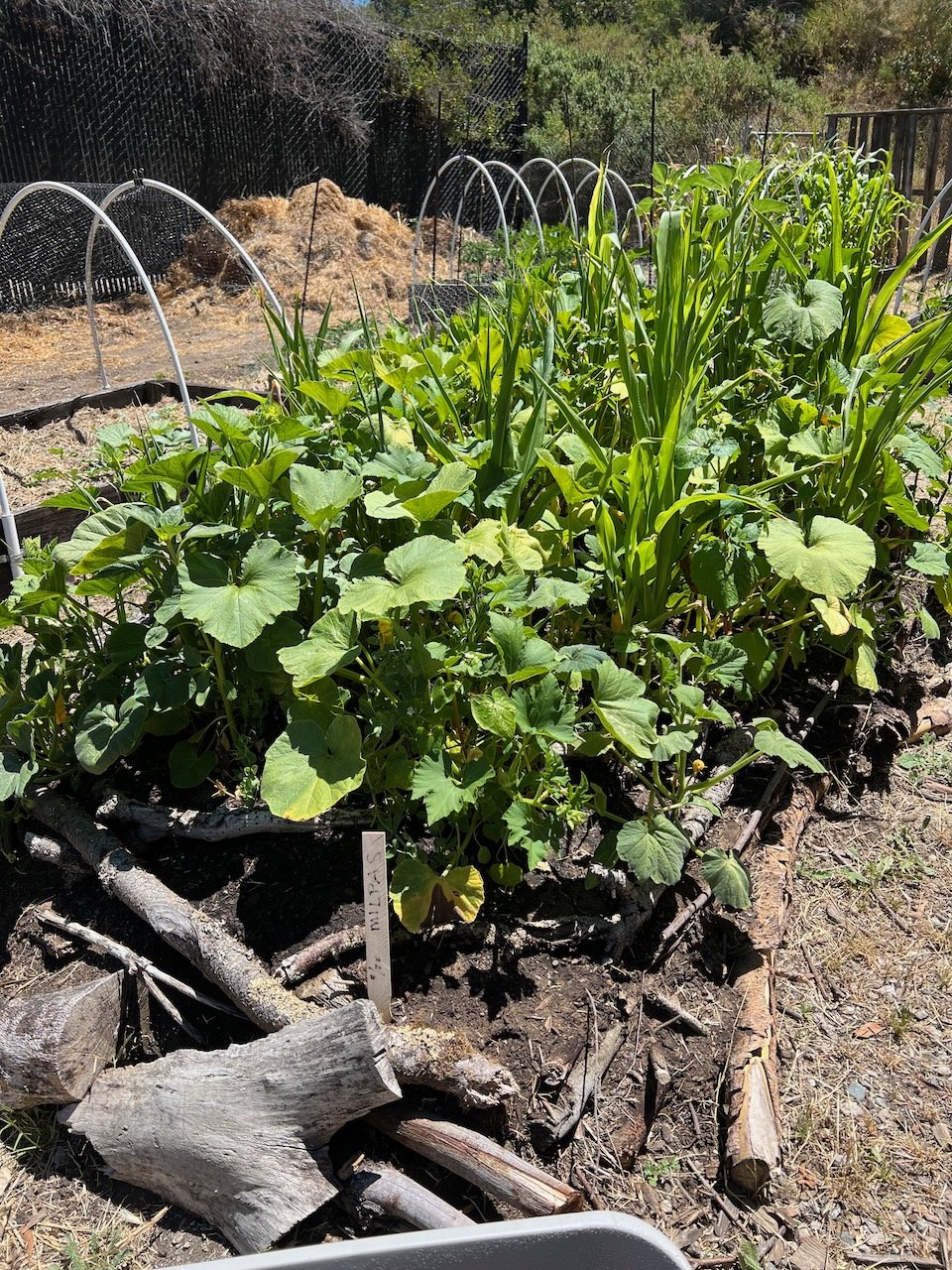My class made this worm bin back in March, and I’ve been faithfully adding food scraps, as well as carbon-rich material, every week or so. Worm bins are actually made with TWO bins, one nested in the other. The ‘top’ one has a bunch of holes drilled in the base, to let the leachate drain out, which collects in the ‘bottom’ bin. Today, I checked to see if there was any leachate, and found about a cupful of liquid! At this point, you might be wondering: What the heck is leachate???
“Leachate” is a umbrella term for any liquid that, while passing through matter, extracts soluble material. Leachate from a worm bin can be a mix of things, such as excess moisture (too many food scraps, not enough carbon) or worm urine. In a regular compost bin, this sort of thing soaks in to the ground below, but when composting in a worm bin, which are often used in concreted places such as a patio or porch, it is caught be the bottom bin. This liquid can be used in the garden as a fertilizer, but it’s hard to know what exactly the liquid contains. So to be safe, the liquid should be diluted 1:1 and experts recommend that you only use it on non-leafy vegetables or fruit trees.
After diluting the leachate, I decided to apply it to the Milpa/hugelkulture bed that is a riot of different plants. The squash leaves in this particular bed have been looking a bit yellow to me, which indicates that they could use some nitrogen (not a surprise, since hugelkulture beds are made using un-composted material which require nitrogen to break down, leaving little for the plants). We’ll see if adding this diluted leachate helps at all. I’ll give it a week, and if I see no improvement, I might give it a dose of fish fertilizer.
I’ve been quite happy with this bed overall. It’s super fun to watch what comes up, what dominates, what flowers, and what’s producing fruit. There have been a lot of buckwheat flowers, and right now there are a bunch of sunflower buds. The peas grew, but never bloomed. The beans are doing quite well, and there is corn too, though it is very short. The squashes are the true stars of this bed. I’ve already harvested summer squash here, but I see a ton of winter squashes beginning to fruit, too. Hopefully the leachate will help those to grow big and ripen beautifully!













